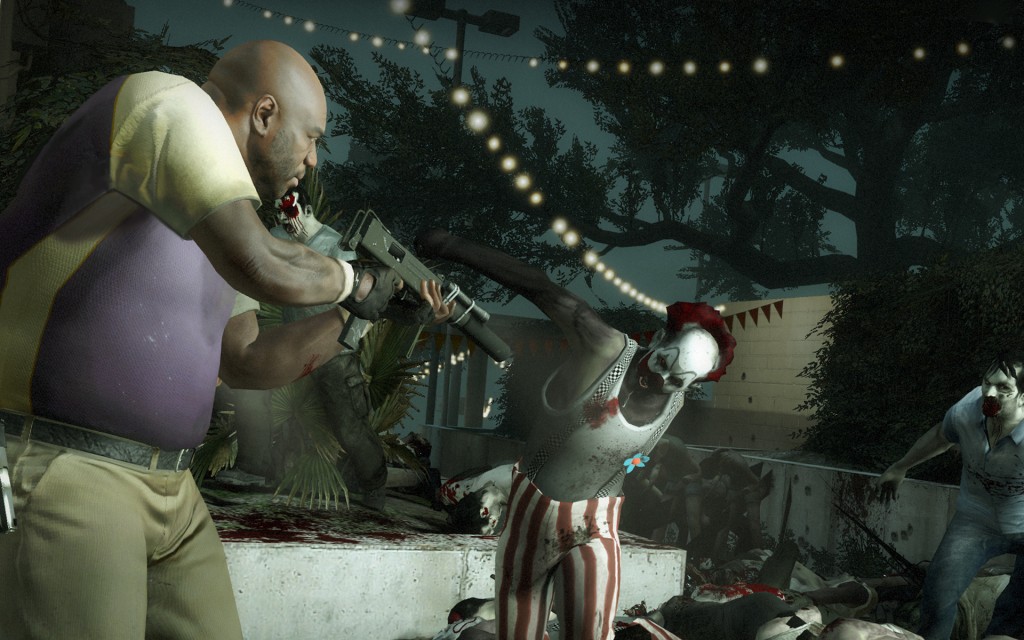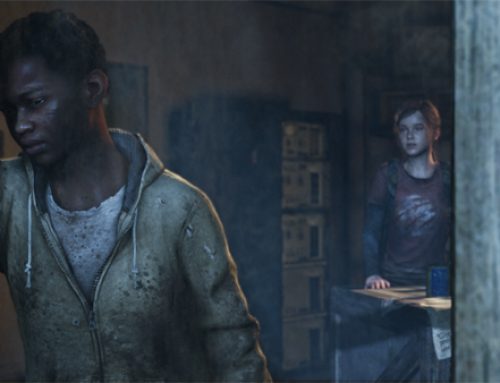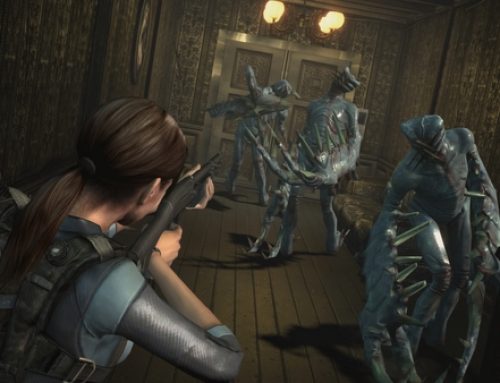Valve Software’s “Left 4 Dead 2” accomplishes what should be the goal of every video game sequel: make the previous title in the series, no matter how good, feel obsolete. After playing “L4D2” (rated M, $60 on Xbox 360, $50 on PC), I can’t see myself choosing to play the original over the sequel for reasons other than nostalgia and a desire for achievement points. While the essential gameplay remains unchanged, a number of upgrades, enhancements and more creative level design will have you forgetting all about 2008’s top cooperative shooter in no time.

At its core, the sequel works like the first game: Three everymen and one everywoman, immune to a zombie outbreak that’s infected most of humanity, battle their way through several, multistage scenarios while hordes of zombies, or infected, assail them. In each scenario’s finale, the survivors fight off waves of undead while working to escape. A number of different special infected possess the power to incapacitate a survivor until another player comes along to rescue them, which makes teamwork a must.
The proceedings are managed by a computer-controlled “director,” which rations out supplies or calls down more pain at different spots in every playthrough. You may be able to memorize the layouts of the game’s levels, but don’t expect them to play the same way every time
But there are a few differences. “L4D2” trades its predecessor’s vaguely Pennsylvanian setting for the Deep South, beginning in Savannah, Ga., and progressing into New Orleans. It features new survivors and a more cohesive, though still sparse, narrative, as well as new enemies, weapon types, ammo upgrades and supplementary items.
As with the first game, one of the sequel’s strong points lies in the running banter between the characters as they’re fighting zombies. While I was partial to Louis in the first “L4D,” the best banter in the sequel comes from long-winded mechanic Ellis, who spins seemingly endless, preposterous yarns about “my buddy Keith.” (“Did I ever tell you about the time my buddy Keith and I were on top of a burning building, and we had to fight our way down, like, five floors of zombies? Wait a second. I guess that was you guys.”) At some point, one of the other survivors eventually interrupts each one and tells Ellis to save his tale for another day.
Unlike the first “Left 4 Dead,” gameplay changes quite a bit depending on which scenario you’re playing. Dead Center, for example, features a section in which you have to fight through a burning room, while Dark Carnival has you running along roller-coaster tracks. Many chapters feature unique enemy types. (You’ll only find clowns in certain parts of the Dark Carnival campaign, for example.)
The biggest improvement is the way Valve has mixed up the finales. No longer are you holing up on a rooftop or in a house awaiting rescue in every single scenario. The Parish, for example, culminates in a brutal trek across a zombie-infested bridge, while Dead Center has players gathering gas cans to power a race car on display in a mall. (No, I’m not sure why the survivors couldn’t have hotwired a regular car in the mall’s parking lot, or why gas cans are strewn about a shopping mall.)
To mix up gameplay, and to respond to strategies popular in the first “Left 4 Dead,” the sequel features a trio of new special infected designed to keep players from clustering together. The Spitter expectorates globs of flesh-eating acid over a focused area, while the Charger and Jockey excel at busting up a cluster and hopping on the head of a survivor and riding him off to be slaughtered in a corner.
To help you hold your own against the new enemy types, Valve has added melee weapons, useful for bashing and beheading at close range. Additionally, upgrades for weapons and ammunition, plus new items such as defibrillator paddles to revive dead teammates help tip the scales back toward the survivors.
Despite selling upward of 2 million copies thus far, “Left 4 Dead 2” is definitely a niche title. While you can play the game’s campaign mode alone, with three largely ineffective computer-controlled teammates, the real fun lies in playing with a trio of friends, as there’s not much story to speak of. You’ll want to master the game’s campaign mode first, learning the maps and developing strategies.
Once your competent at handling computer-controlled infected, you can take your game into versus mode, which casts one foursome in the role of survivors and the opposing team as special infected tasked with stopping them. Of the new special infected, my favorite is the jockey. There’s nothing quite like picking on a straggler, then steering him ever further from the group so he’s even more of a straggler.
Survival mode, in which you fight off waves upon waves of infected until you finally succumb, and scavenge mode, in which you race to collect gas cans while another foursome plays as infected, round out the game types.



